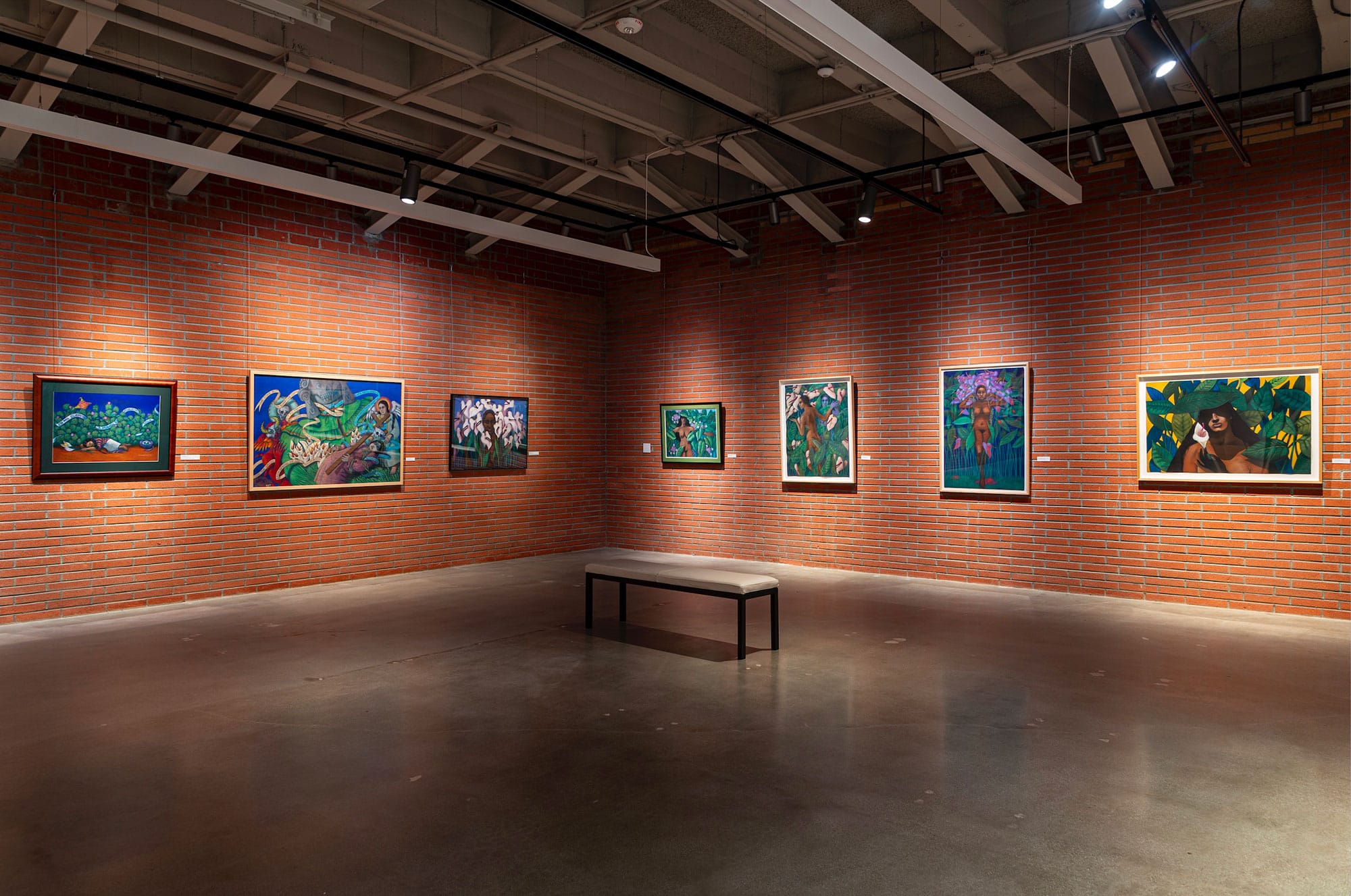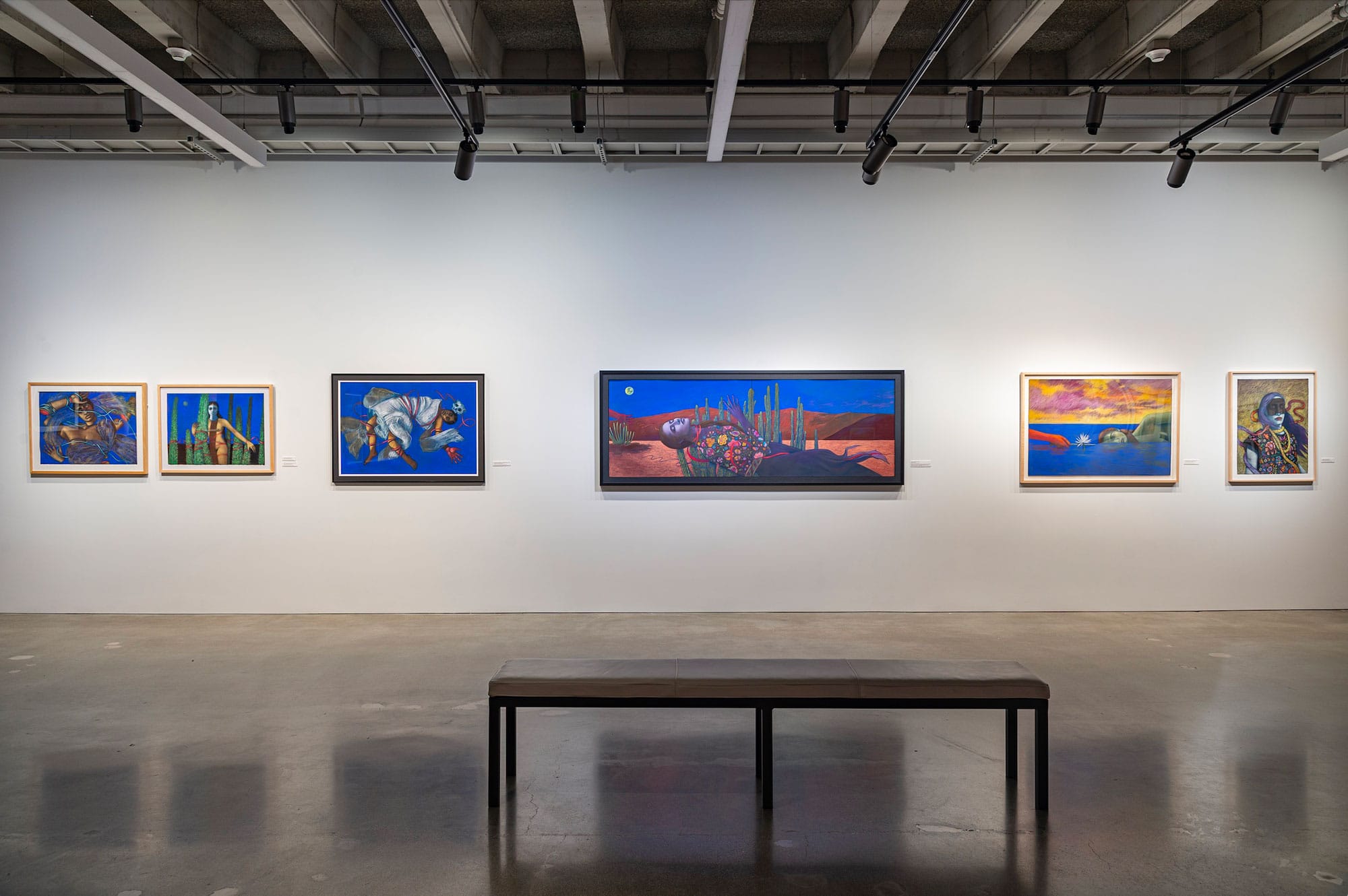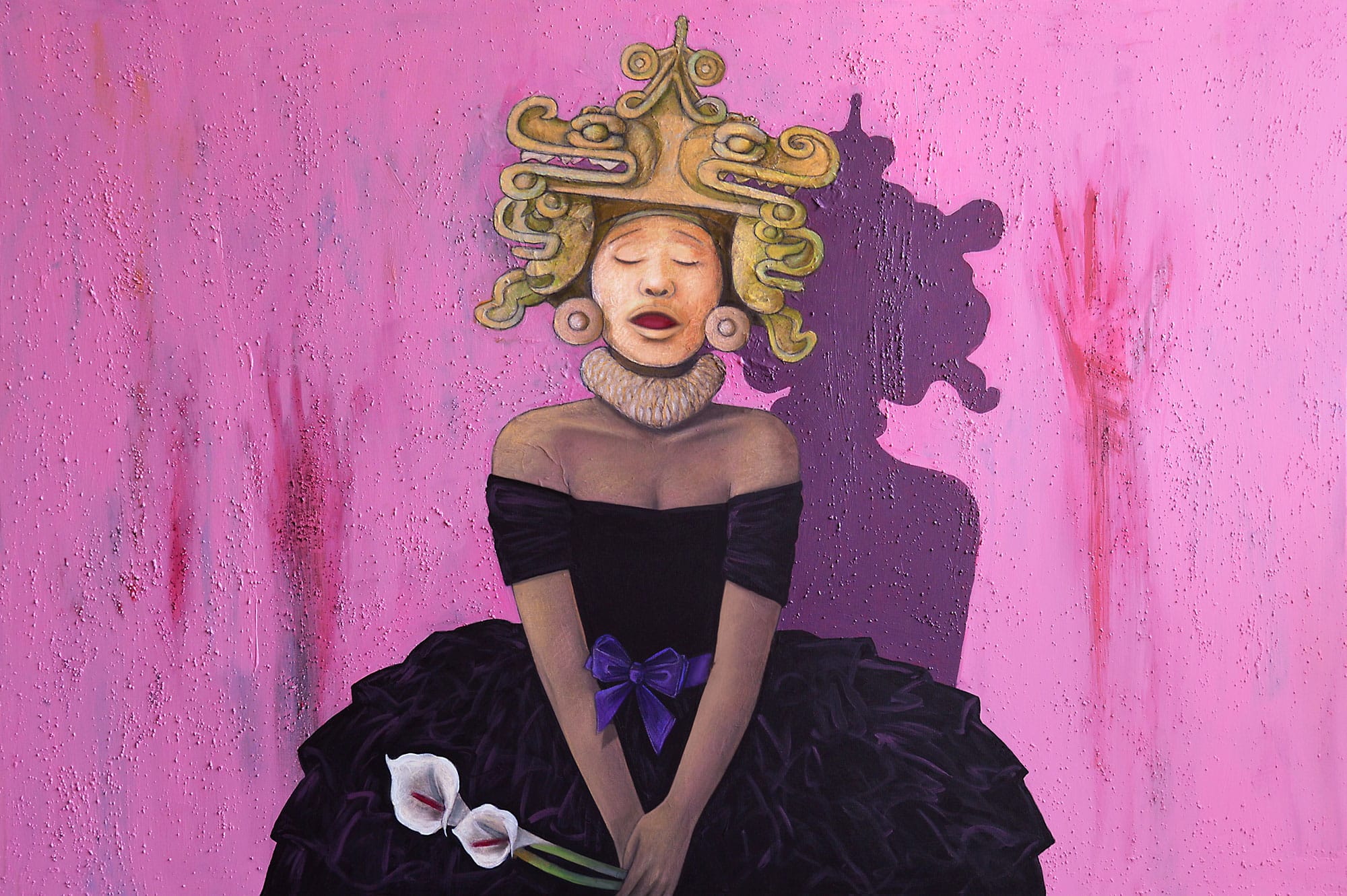UCR Ranks 33rd Nationally Among Public Universities for Best Value
Campus also places 5th for making an impact, 11th for financial aid in Princeton Review's 2025 rankings.
'Beyond Myself, Somewhere, I Wait for My Arrival' invites us to explore the vibrant, storied journey of an artist who has shaped our understanding of Chicano culture and female identity.

Those who follow the arts in Riverside are sure to know that the opening, in June 2022, of the Cheech Marin Center for Chicano Art & Culture, part of the Riverside Art Museum, changed the city’s relationship with the larger art world. It did so by giving a place and focus to produce great shows for our city and shows that could rival those done anywhere. Many of their special exhibits, included in the standard admission, have had this ability to reach out and expand the world of the viewer and the world’s understanding of Riverside. The current show, Judithe Hernández | Beyond Myself, Somewhere, I Wait for My Arrival, is no exception.

It is retrospective in nature, looking at over eighty works, ranging from her college sketchbooks to large-scale pastels completed recently. The Cheech was wise to devote such a large show to such an important artist whose work has been undercelebrated. Hernández is often discussed in relation to, or as part of, the Chicano art collective Los Four, of which she was the fifth and only female member. This is great for the context; it builds around the scene of Chicano artists in the 1970s but limits the viewers' ability to see her work in relation to itself and her personally.
The show at the Cheech gives a much fuller picture of Hernández, letting us into her life and work. Early in the show, there is a video room to the side that offers an interview with the artist and early work, which sets a wonderful foundation for the show. It also gives an understanding of the work, like murals, which won’t be seen in the exhibition. A viewer at any level of art knowledge is sure to learn from this set of information.

Outside of there, we are given four groupings of Hernández's works. Though each has a series of works that comprise the bulk of a section, they are thematic in nature, giving a shared sense of understanding among the works that may come from various decades. This, too, works to give one a sense of how the work evolved over time or how it did not.
Hernández, over these fifty years, is clearly interested in how to look at and present women. This is not just a question of the female form, which is seen in the vast majority of the works, but the very idea of what it means or should mean to be a woman. There are large pastels of the scale that most only connect with painting, that show women at every stage of life from the start of time as Eve, on the day of their Quinceañera, as adults in surrealist homes, and even embodying saints that have long since passed.

It is hard to say that viewers should get a specific piece of information from the works, as I am sure they will get a multitude of things from them. They may laugh and even cry as they go through the space, but they will certainly gain an understanding of how a great artist continues to make great work decade after decade, which connects with them in so many ways.
This show would be at home in many different large institutions, but few would give the space for it. Even fewer would allow a viewer to get such a great sense of Hernández herself, then have them journey back downstairs to see the Los Four members Carlos Almaraz, Beto de la Rocha, Gilbert Luján, and Frank Romero, and think of their work in relation to her. In the interview, which starts the exhibit, she talks about being accepted into the group because they felt she drew like a man, but this show clearly demonstrates that Judithe Hernández draws as only she can and that we all should accept her for that.
Let us email you Riverside's news and events every morning. For free!